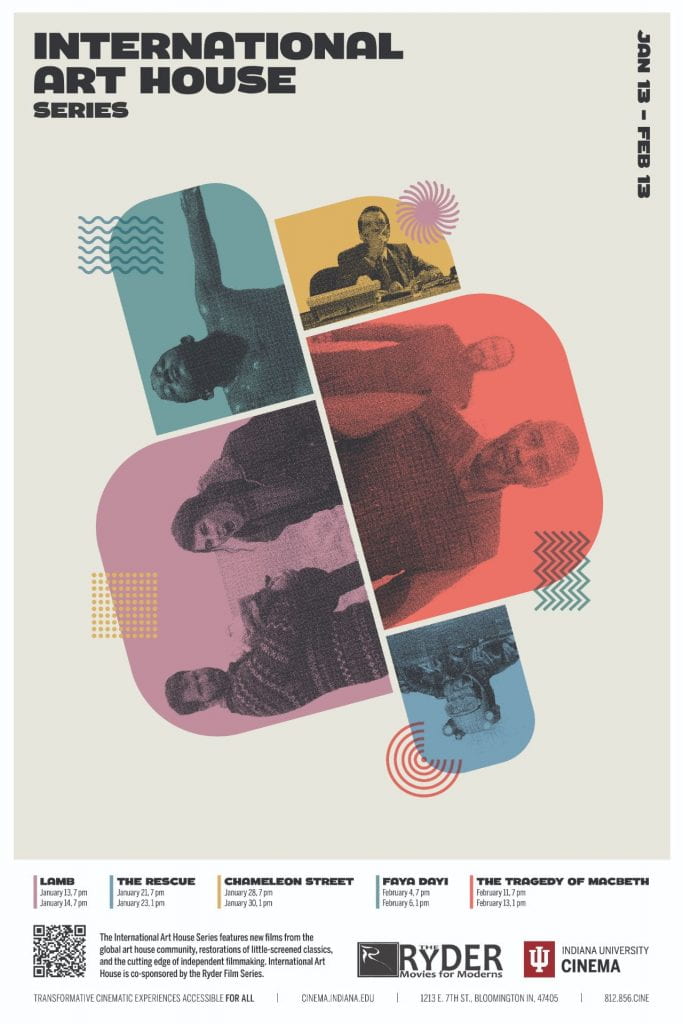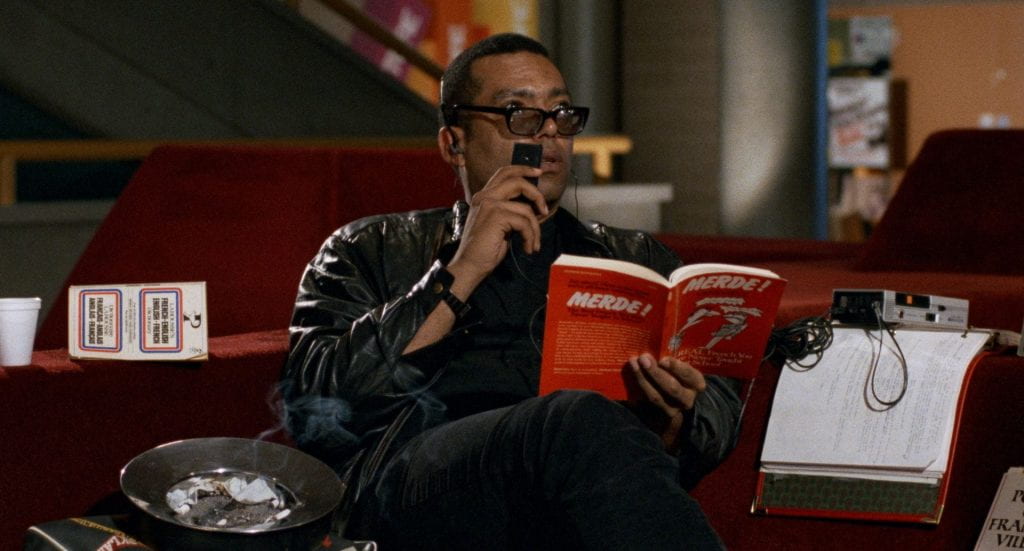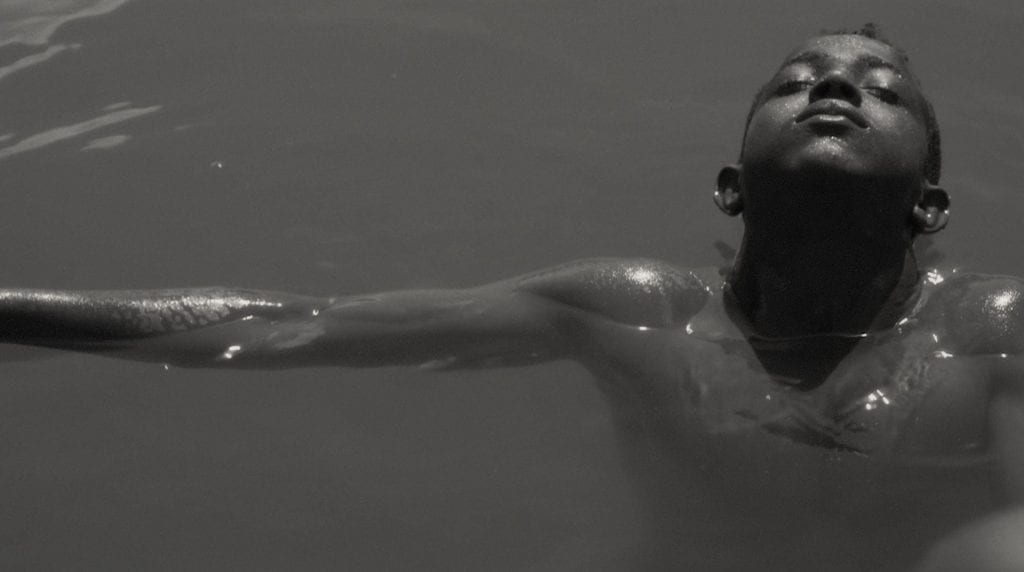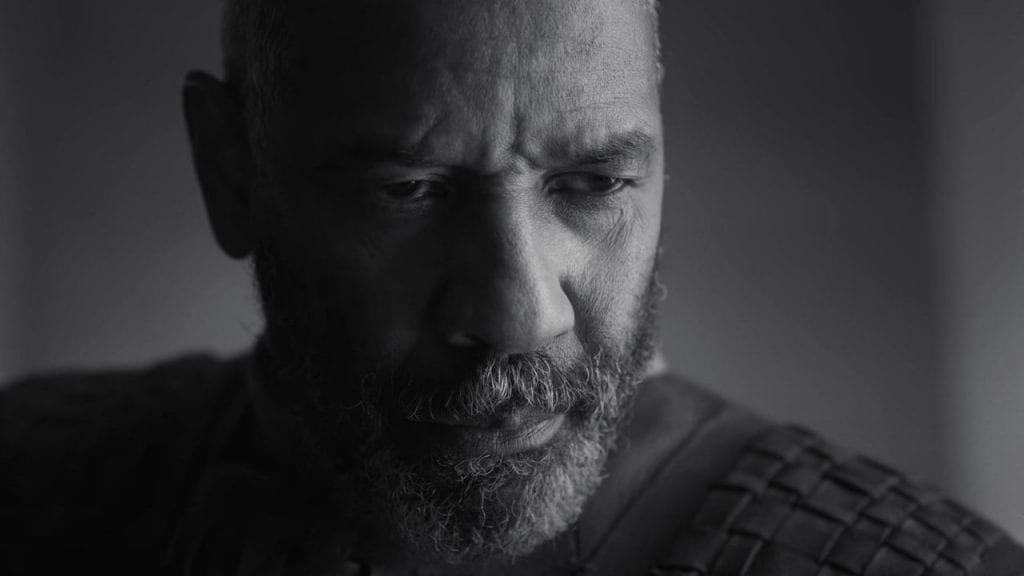
Guest post by Dr. Alicia Kozma, Director of IU Cinema.
In 1956, film scholar John Twomey surveyed his contemporary film exhibition landscape and noticed a change was taking place: small, independently run theaters across the country were turning away from the usual mainstream film fare, focusing instead on what he termed “films of quality.”[1] These films, Twomey recounts, were primarily “films from other countries, reissues of old-time Hollywood ‘classics,’ documentaries, and independently made films with offbeat themes.”[2] When I first read Twomey’s assessment, these films were immediately recognizable to me: “These are art house films, John!” I replied to the nonresponsive page. But historical hindsight is 20/20, and it is understandable that Twomey was searching for the term to describe the trend he was seeing. Even today, defining an “art house film” is notoriously difficult. The designation cannot claim a hard and fast identity and is often applied to any film that screens in an art house theater, regardless of if the film “fits” Twomey — or anyone else’s — definition of an art house film. Art house films often find themselves subject to the oft-quoted litmus test coined by U.S. Supreme Court Justice Potter Stewart in his famous determination of what constitutes obscene art: I can’t define it, but I know it when I see it.[3] But that instability is precisely what makes art films so invaluable and interesting. Art house films can be challenging, uncomfortable, dense, and difficult. They can also be high-gloss crowd pleasers, fun, inspiring, and raucous. What matters is that an art house film makes you feel, makes it impossible to turn away, and leaves you talking about — and even puzzling through — what you just saw long after the screening ends. The films in this semester’s International Art House Series will do exactly that.

IU Cinema’s upcoming International Art House programming brings together an eclectic and endlessly engaging group of new art house releases. First is up A24’s sleeper hit Lamb, a moody Icelandic familial drama masquerading as a cautionary folk tale. The debut feature from Valdimar Jóhannsson, Lamb’s power lives inside its meticulously crafted frames, its sweeping vistas of the Icelandic countryside, and the simmering but unspoken legacies of loss. I was so drawn into the world of the film that several times I found myself talking back to the characters without realizing I was speaking out loud until I heard my own voice. It’s a transfixing film.

Next up is The Rescue, an arresting documentary about the almost-impossible recovery of a young Thai soccer team from the depths of a flooded cave. Directed by Oscar winners Elizabeth Chai Vasarhelyi and Jimmy Chin, who brought audiences the nail-biting, edge-of-your-seat mountaineering documentaries Free Solo and Meru, The Rescue does something rare: despite knowing how the story ends, you can’t look away, and you spend the entire film on pins and needles, hoping for the successful outcome you already know is coming. Incorporating hours of never-before-seen footage, The Rescue will have you cheering as the world puts their differences aside and comes together for a common good — certainly a feeling we could all use right now.

Changing gears (like any good art house film series can) is Chameleon Street, a criminally under-screened and singular vision destined to become an art house regular. Released in 1989, Chameleon Street won Sundance Film Festival’s Grand Jury prize in 1990 and quickly disappeared for more than 30 years. The outrageous but true story of a Michigan con man who talked his way into the upper echelons of some of our most prestigious industries — publishing, medicine, law, and more — calls to mind Steven Spielberg’s Catch Me If You Can. But there is one fundamental difference here: Chameleon Street’s anti-hero is a Black man whose rouse is guided not by a need for money, fame, or love, but simply because he is bored, he can, and because no one expects him to. It’s a searing reminder of how embedded race, class, and performance are in our everyday and how easily we let that fact go unexamined. The film is a new 4K restoration from the original film negative, and it is simply gorgeous to see — especially on the IU Cinema screen!

Faya Dayi is our second documentary of the group, but watching the film is closer to floating through a superbly composed dream, albeit a dream grounded in troubling reality. Ethiopian-Mexican filmmaker Jessica Beshir was forced to leave her hometown as a teenager to escape dangerous political strife, and she uses her camera to reconcile the complex inheritances of displacement, migration, spirituality, communal ties, and the often indistinguishable feeling of love and anger that come along with these thorny experiences. Humanizing what can often feel like anonymous stories of diaspora, Beshir’s film was a critical and audience hit at festivals this year and is exactly the type of indescribable — and indescribably valuable — art house film Twomey started talking about in 1956 and we are still talking about today.

We wrap up with one of the most anticipated films of the year: Joel Coen’s The Tragedy of Macbeth. Coen breathes new and unexpected life into the Bard’s classic with mesmerizing performances by Denzel Washington and Frances McDormand, and arresting cinematography that demands to be seen on the big screen. We know the story, but frankly, we’ve never seen it like this.
We’re so excited to bring you these films — so much so that we are playing each one twice! So, mark your calendars, get your tickets when they go on sale on January 10, and I’ll see you at the movies!
[1] John E. Twomey, The Quarterly of Film Radio and Television, Spring, 1956, Vol. 10, No. 3 (Spring, 1956): 240.
[2] Ibid.
[3] Justice Potter’s full quote in the 1964 Jacobellis v. Ohio case is: “I shall not today attempt further to define the kinds of material I understand to be embraced within that shorthand description [“hard-core pornography”], and perhaps I could never succeed in intelligibly doing so. But I know it when I see it, and the motion picture involved in this case is not that.” Stewart was referencing Louis Malle’s The Lovers/Les amants (1958).
This semester’s International Art House Series kicks off with Lamb on January 13 and 14, followed by The Rescue on January 21 and 23, Chameleon Street on January 28 and 30, Faya Dayi on February 4 and 6, and concludes with The Tragedy of Macbeth on February 11 and 13.

Dr. Alicia Kozma is the Director of Indiana University Cinema. She researches, writes about, and teaches film. Learn more at www.aliciakozma.com.